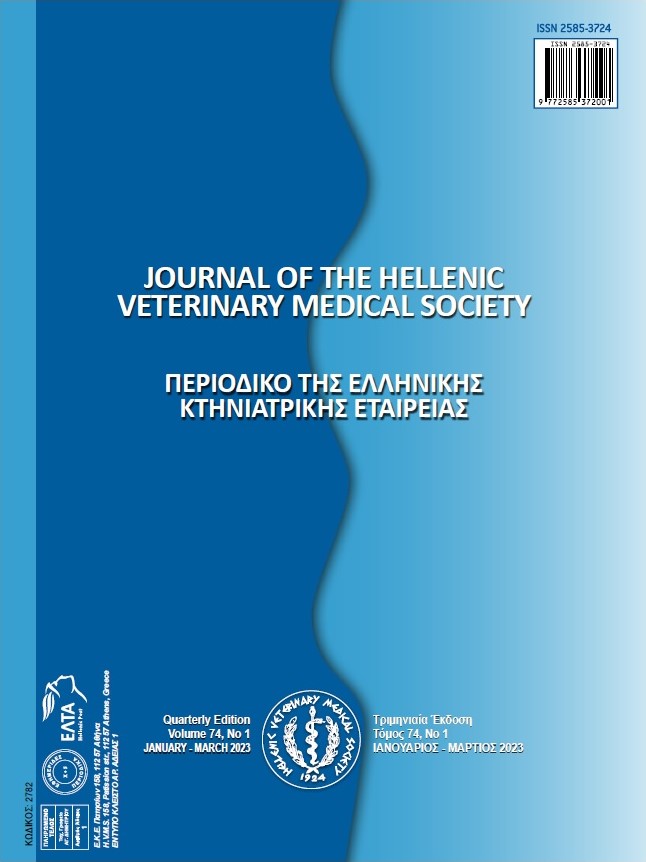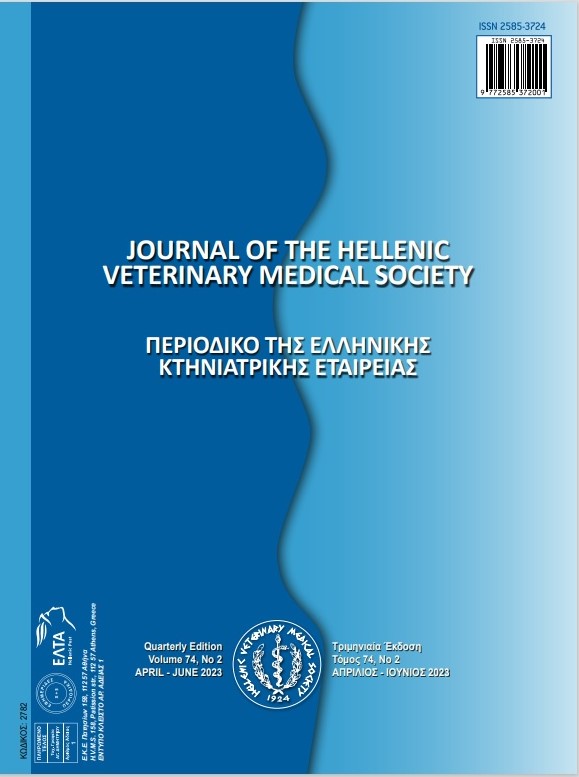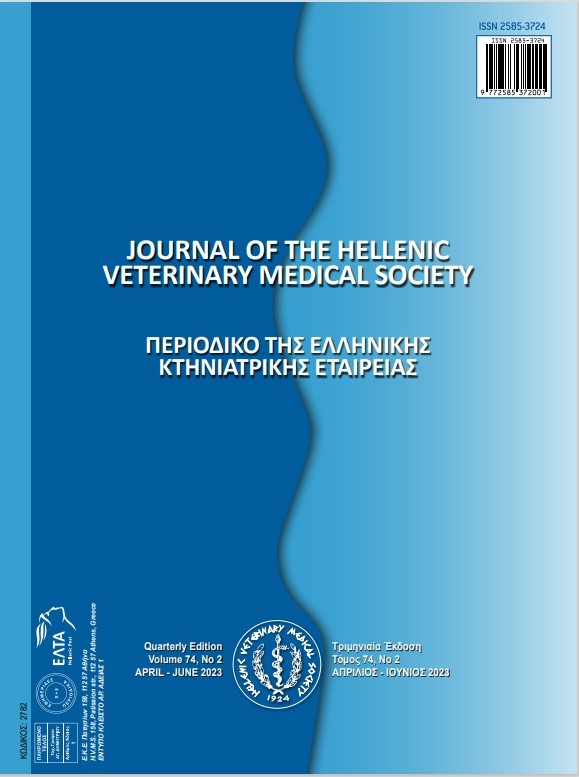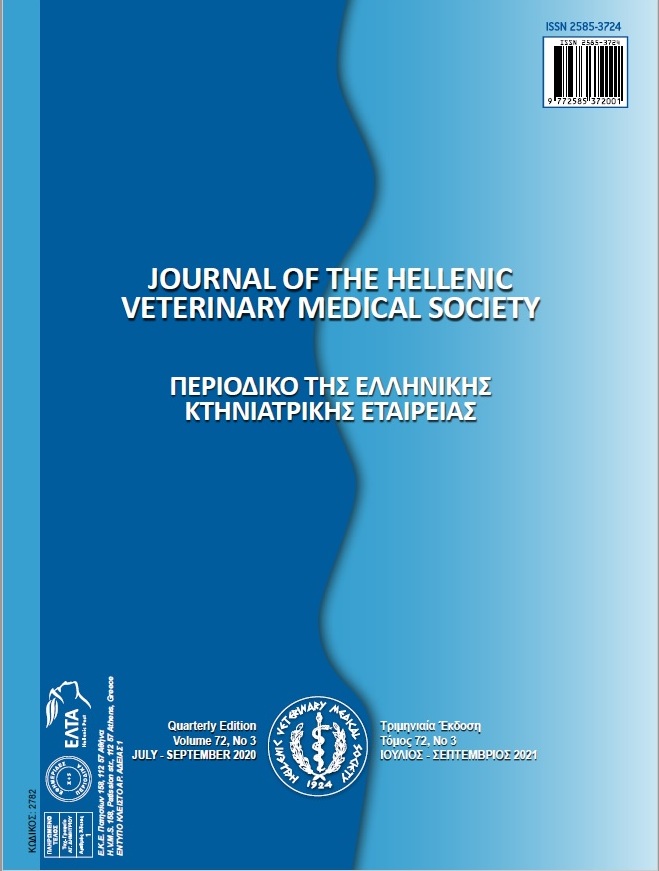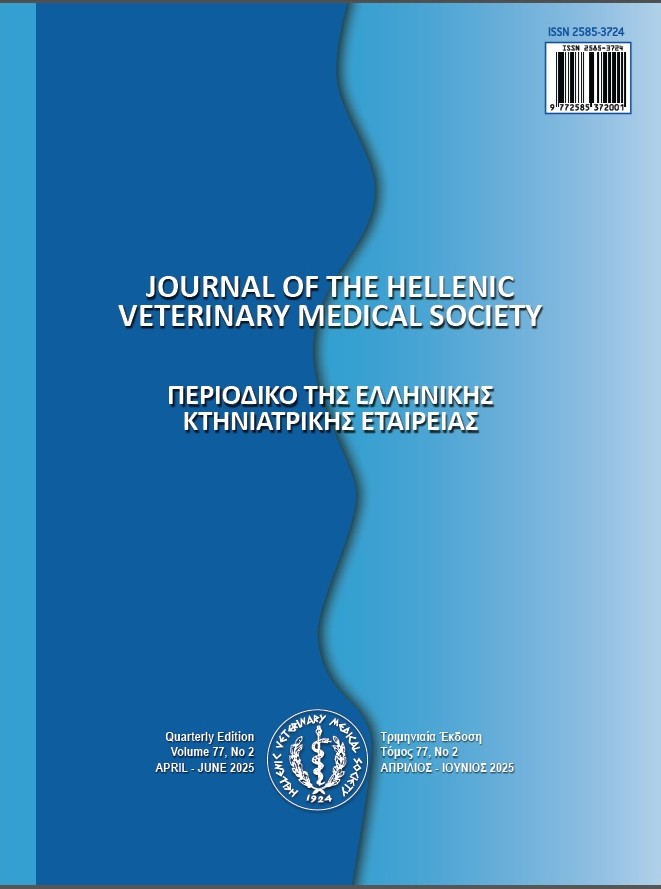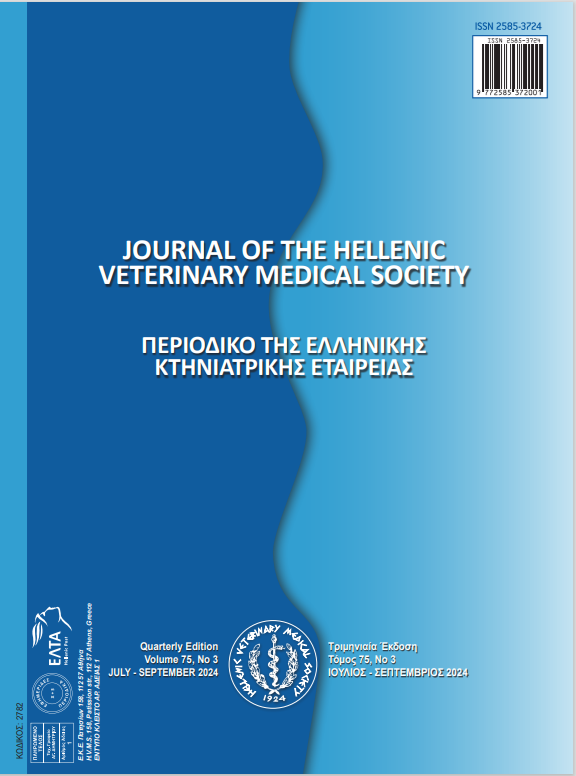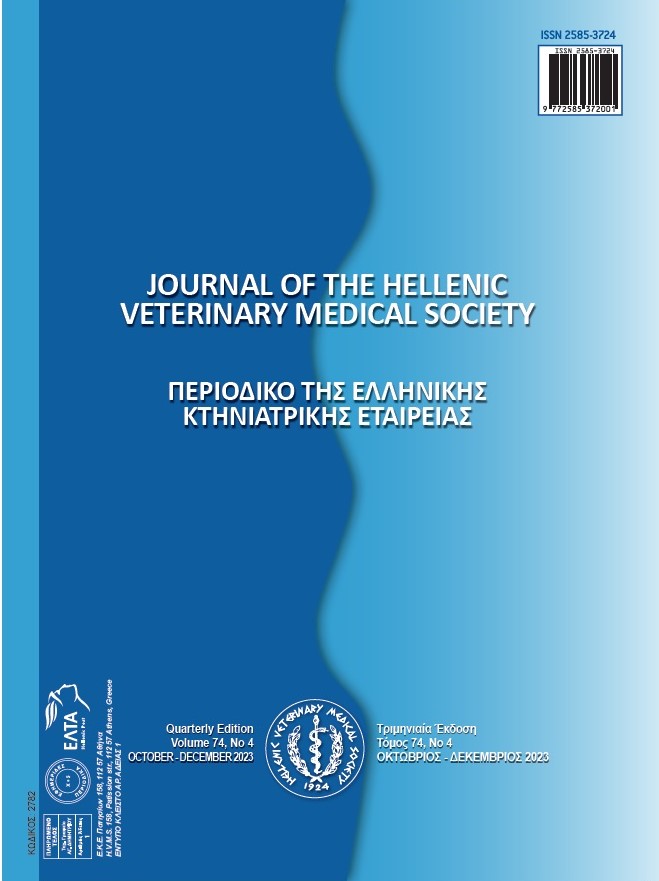Efficacy of Dietary Mycotoxins Adsorbents to Toxic Effects of Zearalenone and Fumonisin in Weaned Piglets
Resumen
Mycotoxin contamination in animal feed poses a significant threat to animal health and productivity, particularly in swine production. Zearalenone (ZEN) and fumonisins (FBs) are among the most prevalent mycotoxins found in swine diets, exerting toxic effects on various organs and reproductive systems. This study investigates the efficacy of a dietary mycotoxin adsorbent in mitigating the toxic effects of ZEN and FBs on weaned piglets, focusing on vulva size, liver histology, and ovarian histology. A total of 60 weaned piglets were randomly assigned to different dietary treatments: control diet naturally contaminated diet with ZEN and FBs (T1), and experimental diets supplemented with the bentonite-based mycotoxin adsorbent named Mycostop Duplo® in two concentrations, i.e. 1.0 kg/ton (T2) and 2.5 kg/ton (T3) of complete feed. At the end of the trial, vulvas were pictured and measured, while liver and ovarian samples were collected for histological analysis. Results indicated that piglets fed the contaminated diet without the adsorbent exhibited significant increases in vulva size compared to the control group (p < 0.05). Histological examination of the liver revealed notable moderate liver dysplasia in the control group, indicative of liver damage. Similarly, ovarian histology showed alterations in follicular development and ovarian morphology in piglets exposed to ZEN. In contrast, piglets receiving the contaminated diet supplemented with the mycotoxin adsorbent showed significantly reduced vulva sizes compared to the contaminated group (p < 0.05). Histological analysis of liver and ovarian tissues from the adsorbent-supplemented group revealed mitigated histopathological changes compared to the contaminated group, suggesting protective effects against ZEN and FB toxicity. In conclusion, dietary supplementation with Mycostop Duplo® effectively mitigated the toxic effects of ZEN and FBs on weaned piglets, as evidenced by reduced vulva sizes and ameliorated histological changes in the liver and ovaries. These findings underscore the importance of mycotoxin management strategies in swine nutrition to safeguard animal health and welfare. Further research is warranted to optimize the use of mycotoxin adsorbents and evaluate their long-term effects on piglet growth and reproductive performance.
Article Details
- Cómo citar
-
Puvača, N., Roljević Nikolić2, S., Radojičić, I., Bursić, V., Avantaggiato, G., Tufarelli, V., Pinotti, L., & Brkić, I. (2025). Efficacy of Dietary Mycotoxins Adsorbents to Toxic Effects of Zearalenone and Fumonisin in Weaned Piglets. Journal of the Hellenic Veterinary Medical Society, 75(4), 8395–8402. https://doi.org/10.12681/jhvms.37208
- Número
- Vol. 75 Núm. 4 (2024)
- Sección
- Research Articles

Esta obra está bajo una licencia internacional Creative Commons Atribución-NoComercial 4.0.
Authors who publish with this journal agree to the following terms:
· Authors retain copyright and grant the journal right of first publication with the work simultaneously licensed under a Creative Commons Attribution Non-Commercial License that allows others to share the work with an acknowledgement of the work's authorship and initial publication in this journal.
· Authors are able to enter into separate, additional contractual arrangements for the non-exclusive distribution of the journal's published version of the work (e.g. post it to an institutional repository or publish it in a book), with an acknowledgement of its initial publication in this journal.
· Authors are permitted and encouraged to post their work online (preferably in institutional repositories or on their website) prior to and during the submission process, as it can lead to productive exchanges, as well as earlier and greater citation of published work.




